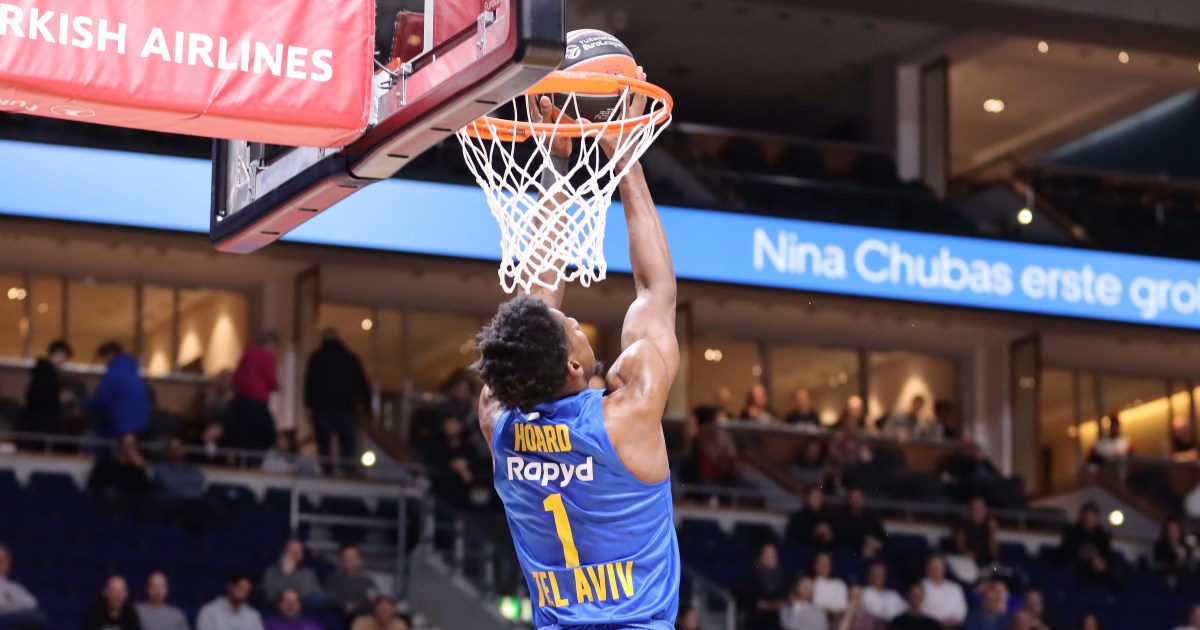EuroLeague said the decision to allow Israeli clubs to play home games was in response to the October 10 ceasefire agreement.
Published On 21 Oct 2025
Basketball’s top European competitions…

EuroLeague said the decision to allow Israeli clubs to play home games was in response to the October 10 ceasefire agreement.
Published On 21 Oct 2025
Basketball’s top European competitions…